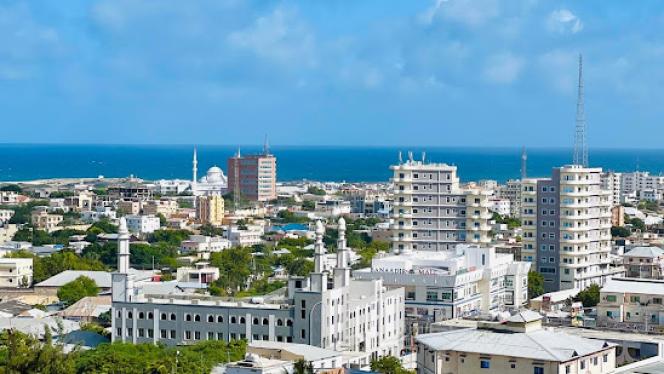Somalia achieved a landmark milestone on December 13, 2023, when the International Monetary Fund (IMF) and the World Bank announced that the country had reached the Heavily Indebted Poor Countries (HIPC) initiative completion point.
This milestone reduces Somalia’s external debt burden from 64% of GDP in 2018 to under 6% by the end of 2023, unlocking an estimated $4.5 billion in Somalia debt relief.
Further relief followed in 2024, with the Paris Club cancelling 99% of $2 billion in bilateral debt and the United States waiving $1.14 billion, representing about a quarter of Somalia’s outstanding debt.
But debt relief is just the beginning.
A Vision for Private Sector-Led Growth After Somalia Debt Relief
Debt cancellation offers Somalia fiscal breathing room—but the future hinges on what the nation does next.
To shift from aid dependency to sustainable growth, Somalia must develop a vibrant private sector and build a modern capital market infrastructure.
For decades, external loans failed to deliver lasting infrastructure, education, or economic opportunity.
Now, with billions in debt wiped clean, Somalia has a rare chance to rewrite its economic future—not as a recipient of aid, but as a builder of prosperity from within.
Why Capital Market Development is Crucial
Somalia debt relief frees up fiscal space, private investment and market-based financing are essential for long-term stability.
The country must move from reliance on Official Development Assistance (ODA) to using financial tools such as sovereign and corporate bonds.
Lessons to Learn from Other African Countries
This transition draws on lessons from Rwanda and Uganda, post-conflict states that implemented reforms leading to sustained economic growth.
Rwanda’s capital market reforms, along with its Vision 2020/2050 plan, catalyzed investor confidence and GDP growth.
Uganda’s debt relief in 2000 paved the way for strong foreign direct investment (FDI) and the growth of local capital markets.
Necessary Reforms to Attract Investment
To unlock its economic potential, Somalia must implement key reforms, including:
- Strengthening the Central Bank’s oversight
- Implementing financial sector regulation
- Enacting investor protection laws
- Improving fiscal and customs codes
- Adopting a robust business registration and licensing framework
Somalia’s recent adoption of digital ID laws, data protection regulations, and tax reforms are positive indicators that institutional change is underway.
From Foreign Aid to Financial Sovereignty
Somalia has historically relied on humanitarian assistance.
But today, concessional funding is shrinking, and donors are becoming more selective.
Somalia must pivot toward self-reliance, using its own capital and ingenuity to drive development.
Key strategies include:
- Issuing diaspora bonds
- Attracting sovereign wealth funds and private equity
- Mobilizing domestic savings through credible institutions
This financial self-sufficiency is crucial for building roads, schools, and public services—without overdependence on foreign donors.

Somalia Debt Relief Opens New Doors for MSMEs
Somalia’s micro, small, and medium-sized enterprises (MSMEs) are the backbone of its economy.
From the bustling Bakara Market to remittance-fueled tech startups, Somali entrepreneurs have demonstrated resilience and innovation.
Remittances from the Somali diaspora—estimated at $1.3 billion annually—exceed all foreign aid combined, representing 25–40% of GDP.
If even a portion of these funds were pooled into national investment vehicles, they could finance infrastructure, agriculture, education, and manufacturing.
Institutions like Gargaara Finance Limited, which have disbursed millions in MSME loans (including to women-led businesses), showcase the promise of inclusive finance.
Key Pillars for Growth After Somalia Debt Relief
1. Good Governance and Legal Clarity
Somalia must establish a legal environment that supports:
- Enforceable contracts
- Property rights
- Transparent bureaucracy
Investor confidence depends on predictability and fairness.
2. Expanding Access to Finance
High interest rates and collateral requirements are barriers to MSME growth.
Somalia needs more financial inclusion and targeted loan products for entrepreneurs.
3. Harnessing Diaspora Capital
Diaspora communities can do more than send money—they can co-invest in Somalia’s development.
New mechanisms like:
- Diaspora investment platforms
- Real estate cooperatives
- Crowdfunding hubs
can turn remittances into long-term capital.
Somalia Debt Relief and Economic Recovery
Somalia debt relief journey towards economic recovery must be built on:
- Strong, transparent institutions
- A resilient and inclusive private sector
- Effective diaspora engagement
- Sustainable domestic revenue mobilization
Somalia debt relief is a catalyst, not a conclusion.
With the right vision and bold reforms, Somalia can become East Africa’s next economic frontier.
The time to act is now.


